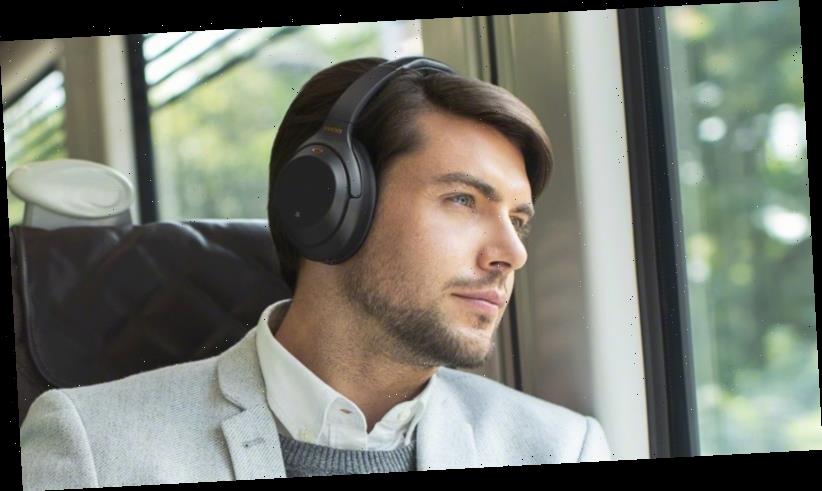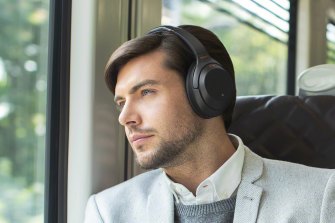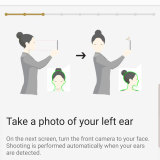After unveiling its plans for 360-degree audio at CES earlier this year, Sony has rolled out software updates that let you experience the format with streaming services you might already use, or even upload photos of your ears to tune the effect on Sony headphones.
Unlike the conventional two channels of audio that we've used to listen to music on our headphones since time immemorial, Sony's 360 Reality Audio is an ambitious attempt to expand the listening experience to 24 channels arranged in a 360-degree soundstage.
Sony’s WH-1000XM3 makes for decent 360-degree audio headphones.
This means that each track can have a maximum of 24 objects, where each individual instrument, vocal and effect is specifically placed in a sphere, immersing you in sound from every possible direction.
I was absolutely blown away by Sony's demo at CES where the music coming out of the headphones sounded better than the same track being played on an elaborate 13.2 channel speaker setup that was positioned around us.
A major reason the 360 Reality Audio sounded so convincing in the demonstration was that the headphone audio was calibrated precisely to the hearing characteristics of each user, using highly sensitive wire microphones that were placed in each ear.
Sony’s headphone app can upload pictures of your ears to tune 360 degree music.
Since the unique shape of our ears impacts how we hear, having an accurate personalised ear image that the audio can be specifically tuned to goes a long way in convincing the ears that music is playing all around you.
Now that 360 Reality Audio is available to the masses through music streaming services including Tidal, Deezer, Nugs.net and Qobuz, owners of select Sony headphones can snap a picture of their ears and have it analysed by the company's Headphones Connect app.
The personalised audio settings will then be used whenever 360 Reality Audio enabled tracks are played back.
I tested a range of 360 Reality Audio tracks on a number of different headphones including Sony's recommended 1000XM3. Overall I found that, while it doesn't match the stellar listening experience I had in Sony's tightly controlled demo room, it's still a noticeable step up from the traditional confined stereo sound.
Honestly, the sound stage has no right to sound as wide and detailed as it does. Previously certain elements of a track would get lost in the background, but 360 Reality Audio gives them enough space to breathe so you can better appreciate the nuances of each track. It does come at the cost of some bass, and volume also takes a slight hit but the tradeoffs are well worth it.
While you can use any pair of headphones to listen to 360 Reality Audio, I found that a quality pair goes a long way. Using a pair of highly sensitive in-ear monitors like Astell&Kern's AKT9iE brought back some of the bass and volume that was otherwise lost while also giving more oomph to the individual elements of a track.
In Earth Wind and Fire's classic hit Reasons, for example, I could hear the backing vocals high up and to the left, percussion playing clearly at the far edges along with the occasional jolt of the saxophone punctuating overhead all while the main vocal played front and centre.
Sony's 360 Reality Audio also has some competition in this space with the arrival of Dolby Atmos Music on Tidal earlier this month. I'm a big fan of Dolby Atmos for home cinema, which uses height channel speakers to envelope you in the sound field, but I'm underwhelmed with its implementation on headphones.
In short, 360 Reality Audio is a much more convincing experience on headphones, and it's also more widely available thanks to its support across both Android handsets and iPhones.
Source: Read Full Article


